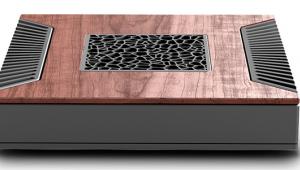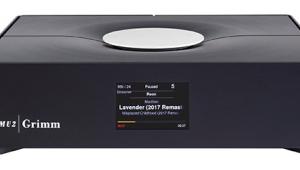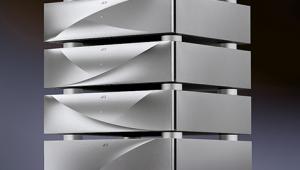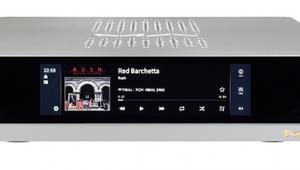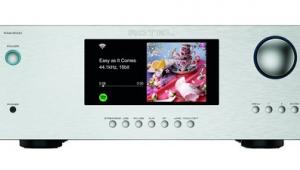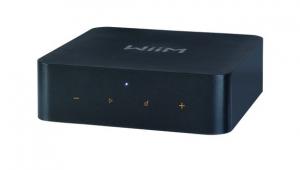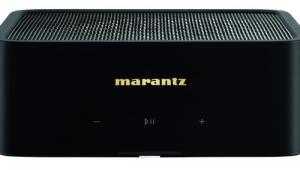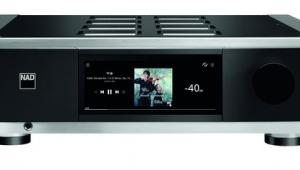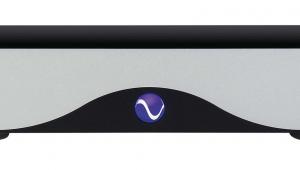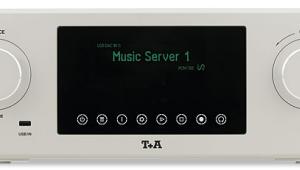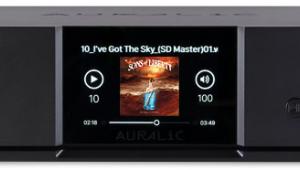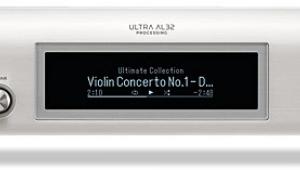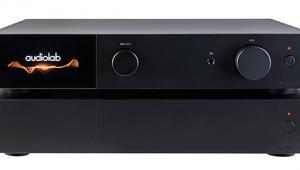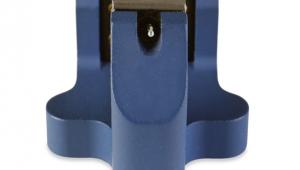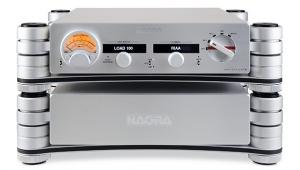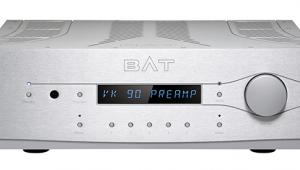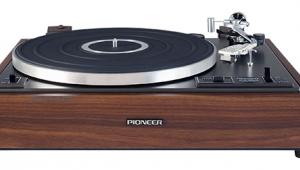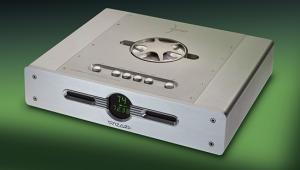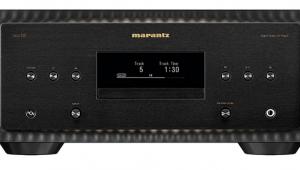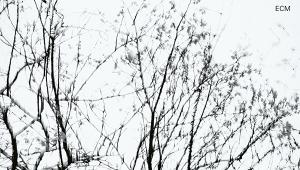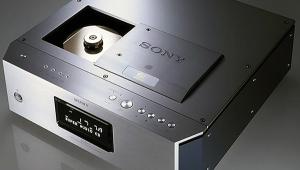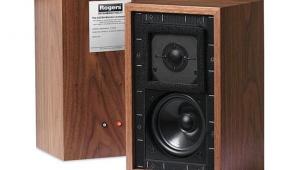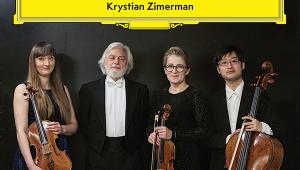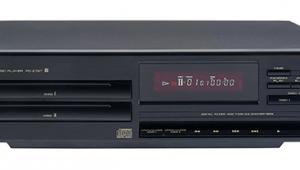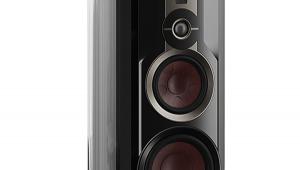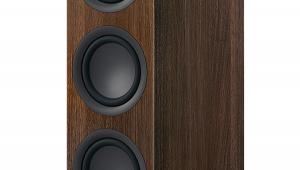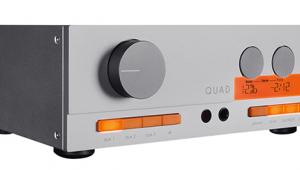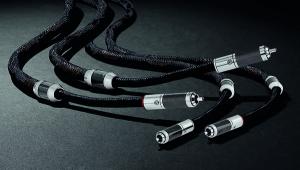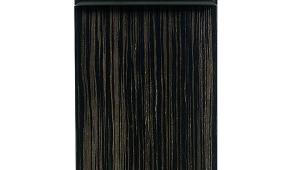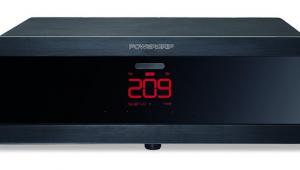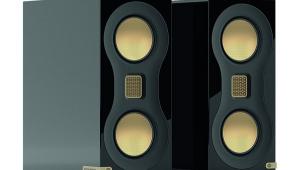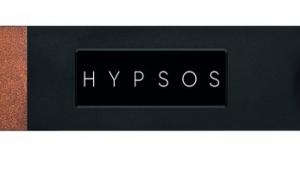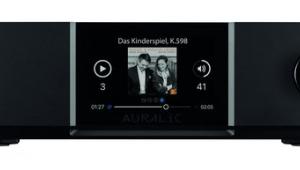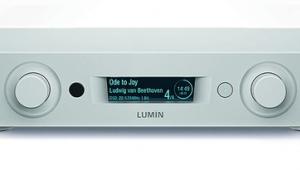dCS Varèse streamer/DAC Varèse unwrapped
The Varèse Core is the largest component in the system – all the calls between the boxes are integrated here, and the Core will also generate the system clock if dCS’s external Varèse Master Clock is not connected. As the system hub, the Core is home to all the ‘core’ upsampling, the primary digital filtering and a good deal of the modulation (the truncation and the noise-shaping), but not the bit mapping as this happens on a dynamic basis within the latest Ring DACs. More about this later...

Between the Core and Mono DACs, dCS’s proprietary ACTUS link sends the high speed noise-shaped data stream, the clock and control lines. dCS’s own Tomix clock system employs two Oven-Controlled Crystal Oscillators (OCXO) at 88.2kHz and 96kHz, respectively, with its onboard FPGA calculating an absolute time stamp and embedding its own clock in all inter-box data streams without inviting any data-related jitter.
Ringing the changes
Within each Mono DAC, the summing, gain and output stages are all based on those seen in the Vivaldi APEX [HFN Jun ’22]. The summing and primary filtering stage is op-amp based (a cascade of Linear Technology and National ICs), optimising both input and output parameters, and it’s here that the 0.2V, 0.6V, 2V and 6V gain options are set. Some final analogue filtering also acts above 150kHz to ensure any residual stopband artefacts are gently polished off.
Before all this comes the Ring DAC stage itself, and although the resistor matrix and latches are unchanged both are now arranged as 2x48 current source rings – a pair of Ring DACs within each Mono DAC – running in differential mode with all the potential for reduced noise, even-order distortion, etc, this implies. For the APEX update, dCS paid particular attention to the latches that address the matrix, tightening up the clocking and reducing the source impedance of the reference PSU, resulting in a measurable reduction in low-level phase noise. However, the current drawn from the reference supply was still signal dependent, and a possible source of correlated ripple – this now avoided by the Varèse’s differential mode which ensures the current flow is now signal independent. There’s also more attention paid to the very high frequency matrix switching ‘noise’ – particularly important with the M1 and M3 mapping options which run at twice the rate of the legacy M2 mapper.
Decoding the matrix
To understand why the mapping of data to the matrix is key to the Varèse’s sound, we need to remind ourselves how the Ring DAC works. The Varèse Core truncates incoming LPCM data (and converts DSD) to an average wordlength of 4.6 bits and these 24 (or 24.6) possible values are then mapped across 48 notionally identical current sources that comprise the Ring DAC. This matrix of resistor elements is visible in the Mono DAC’s lid-off shot, as are the fully balanced, APEX-derived analogue output stages.
For the Ring DAC to be truly monotonic – like a pure 1-bit DSD DAC – these 48 separate current sources would need to be absolutely identical in size, which they are not, so dCS ‘randomises’ the mapping of bits to these elements. Fixed digital errors, otherwise realised as harmonic distortions, are thus traded for an inaudible increase in noise.
In practice, this sample-by-sample selection across the matrix is not truly random but is a choice based on the historical and current data flow. This is dynamic because any mismatch between current sources – including thermal or age-related drift – remains the enemy of monotonicity.
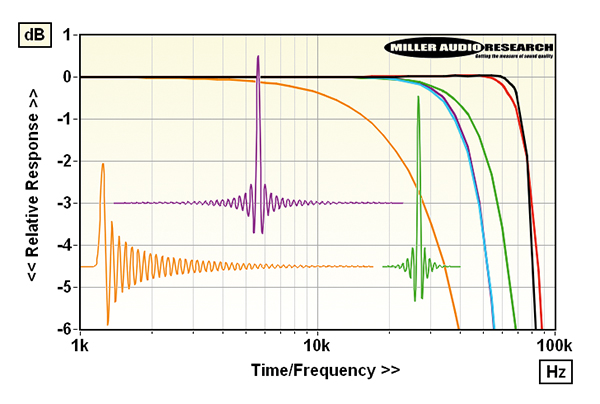
F-F-F-filters
dCS’s adaptive digital filters, F1 to F6, are retained in the Varèse [Graph: F1, black; F2, red; F3, cyan; F4, green; F5, orange; and F6, purple, see above]. For lower 44.1kHz-192kHz rates, F1-F4 are linear phase for all sample rates and offer responses of –22dB/45kHz (but flat to 40kHz), –0.6dB/45kHz, –12dB/34kHz and –10.5dB/45kHz, respectively, with 96kHz media and –13dB/90kHz, –7.0dB/90kHz, –14dB/68kHz and –17.6dB/90kHz [black, red, cyan and green traces], respectively, with 192kHz files. F5 is the outlier here – a fast minimum-phase filter [orange traces] – that rolls away early to –1.5dB/20kHz and –14dB/60kHz with 192kHz media. F6 is a fast apodising/linear phase type [purple traces] with very extended ringing but a full >125dB stopband rejection and responses that match F5 at ±0.02dB/20kHz, and –3.9dB/45kHz (flat to 43kHz) with 48kHz and 96kHz files, respectively, and F3 at 192kHz where they both roll away to –14dB/60kHz. PM
